Potty training a puppy in an apartment can seem daunting, but with the right approach, it’s entirely manageable. Above all, consistency and patience are key. For example, setting up a designated potty area and sticking to a schedule will help your puppy learn faster. Meanwhile, positive reinforcement will make the process enjoyable for both of you.
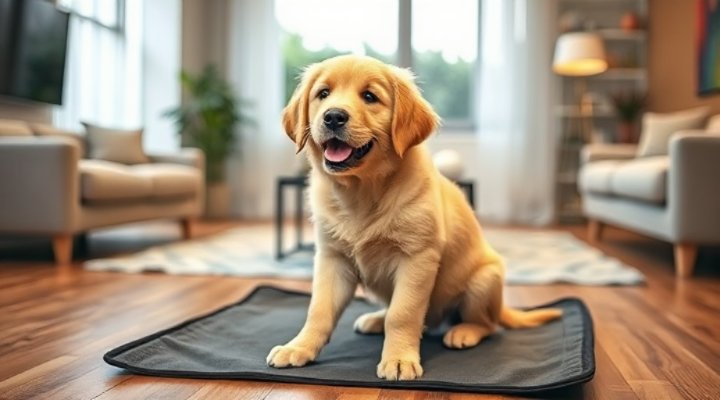
Setting Up Your Apartment for Potty Training Success
Firstly, choose a specific spot for your puppy to do their business. This could be a balcony with a grass pad, a designated indoor potty area, or even a litter box for small breeds. In other words, make it clear where you want your puppy to go. Additionally, keep this area clean and accessible at all times.
Further, puppy-proof your apartment by removing rugs or carpets during the initial training phase. Consequently, this reduces the chances of accidents on difficult-to-clean surfaces. Likewise, consider using baby gates to limit your puppy’s access to certain areas until they’re fully trained.
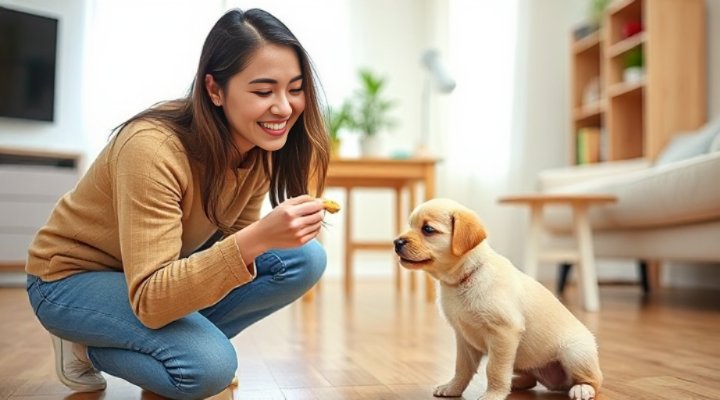
Creating a Potty Training Schedule
Most importantly, puppies thrive on routine. Therefore, take your puppy to their potty spot:
- First thing in the morning
- After meals
- After naps
- After play sessions
- Before bedtime
Subsequently, praise and reward your puppy immediately when they go in the right spot. For instance, use treats, verbal praise, or petting – whatever motivates your puppy most. On the other hand, avoid punishment for accidents, as this can create anxiety and slow the training process.
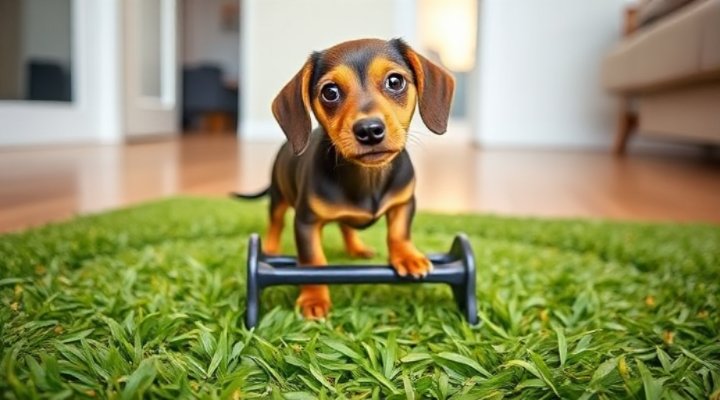
Using Positive Reinforcement Effectively
Positive reinforcement is the cornerstone of successful house training. That is to say, reward your puppy within seconds of them finishing their business in the correct spot. Moreover, be consistent with your rewards to reinforce the desired behavior.
Meanwhile, keep training sessions short and positive. Puppies have short attention spans, so five-minute sessions several times a day work better than one long session. Similarly, watch for signs that your puppy needs to go, such as sniffing, circling, or whining.
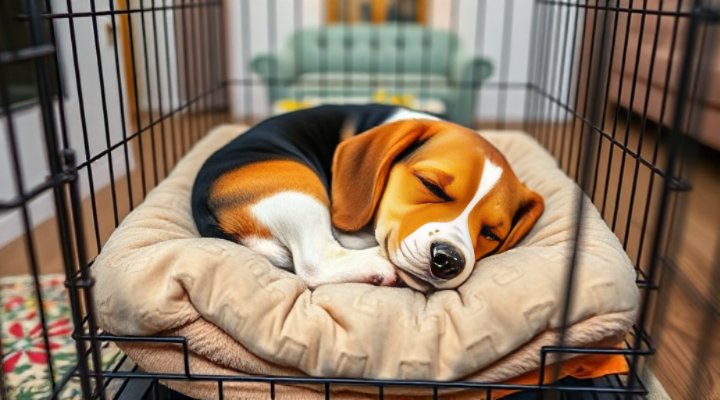
Dealing With Accidents Gracefully
Certainly, accidents will happen during the potty training process. When they do, clean the area thoroughly with an enzymatic cleaner to remove all traces of odor. Otherwise, your puppy might be drawn back to the same spot.
But however frustrating an accident might be, never rub your puppy’s nose in it or yell. Instead, simply interrupt them if you catch them in the act (a firm ‘no’ followed by taking them to their potty spot is sufficient), and clean up without making a fuss.
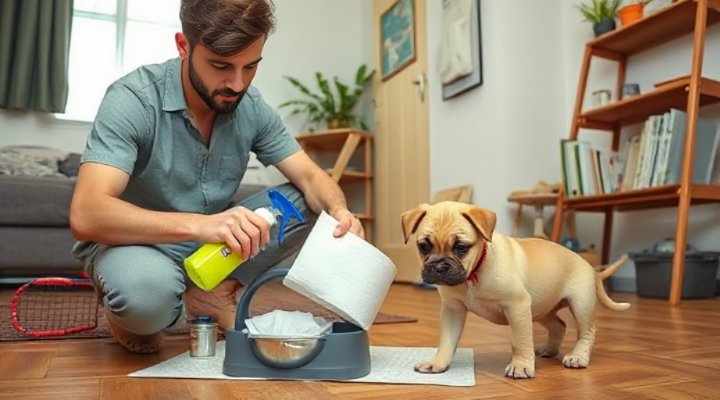
Transitioning to Outdoor Potty Training
If you eventually want your puppy to go outside, begin transitioning gradually. Start by moving their indoor potty area closer to the door, then eventually outside. During this phase, maintain the same schedule and reward system.
For apartment dwellers, this might mean more frequent trips outside. The American Veterinary Medical Association recommends establishing a consistent outdoor routine to help puppies adapt.
Essential Supplies for Apartment Potty Training
To make potty training easier, have these supplies on hand:
- High-quality training pads or grass patches
- Enzymatic cleaner for accidents
- Small, tasty training treats
- A crate for crate training
- Baby gates to limit access
Patience and Persistence Pay Off
Remember that every puppy learns at their own pace. While some may grasp potty training in a few weeks, others might take several months. Stay patient, consistent, and positive throughout the process.
For more information on puppy training, check out this comprehensive guide from the American Kennel Club.
Related keywords: apartment dog potty training, puppy housebreaking tips, indoor potty training for dogs, small space dog training, effective puppy training methods
